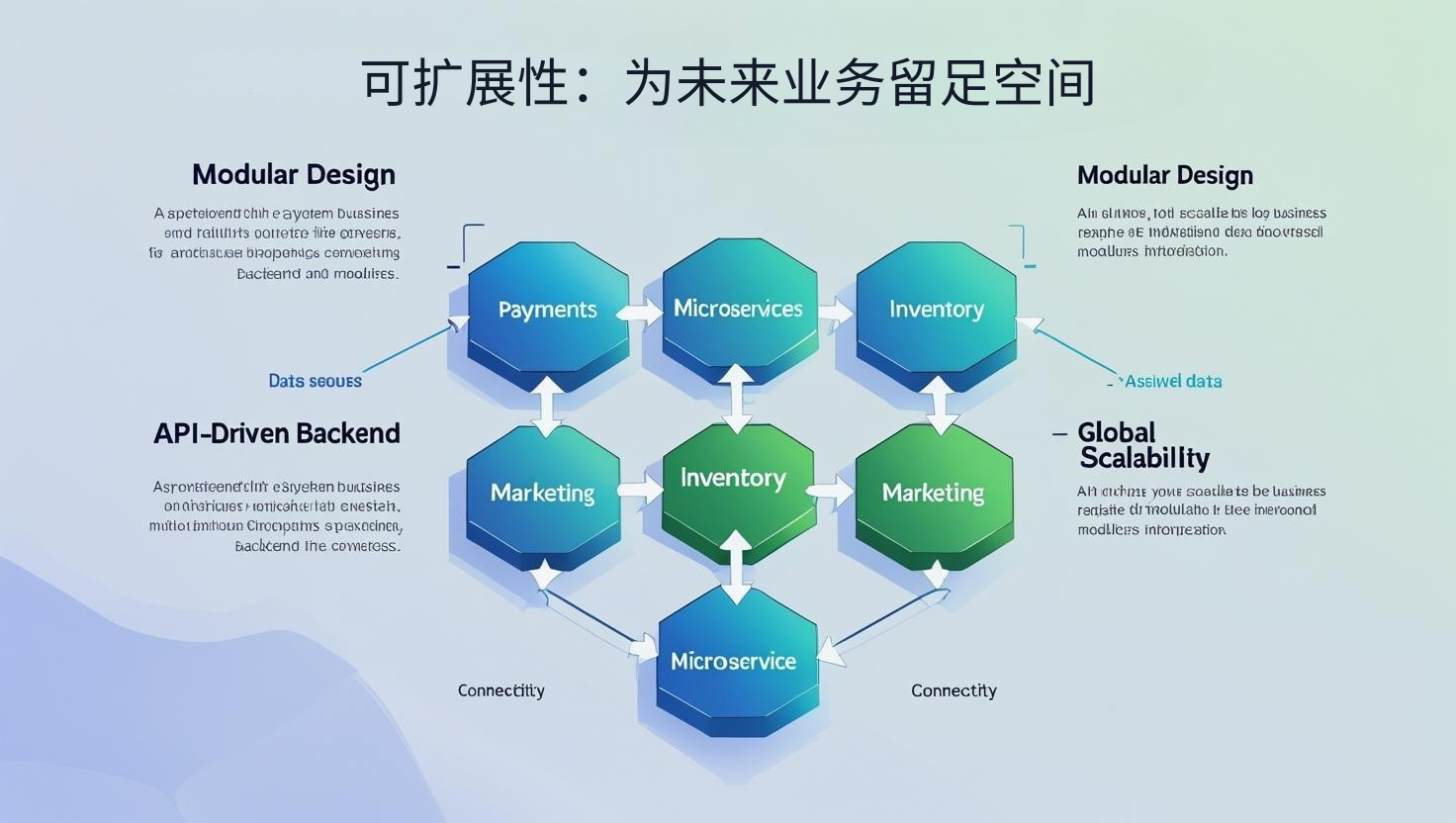Independent websites are not only a showcase for a company's brand but also core infrastructure for cross-border e-commerce and foreign trade. Choosing the right technology stack can significantly improve website loading speed and access stability, thereby enhancing user experience and conversion rates. According to research by Google Developers , page speed directly impacts customer retention and search rankings, so technology selection must balance performance and reliability.
 Speed first: front-end performance optimization
Speed first: front-end performance optimization
When building an independent website, front-end technologies like React, Next.js, and Vue.js frameworks can provide fast rendering and dynamic interactivity. Through server-side rendering (SSR) and static site generation (SSG), independent websites can achieve shorter page load times and a smoother browsing experience. Furthermore, using a content delivery network (CDN) and image optimization strategies are key measures to improve speed and provide a consistent experience for users worldwide.
Security assurance: combining technology and strategy
Independent websites involve user data and payment information, so security is paramount. Using HTTPS, two-factor authentication, a web application firewall (WAF), and regular vulnerability scanning can effectively protect against potential attacks. Referring to the security guidelines provided by OWASP , companies should consider the security and ease of maintenance of the backend framework when selecting a technology stack. For example, mature solutions such as Node.js, Python Django, or PHP Laravel all offer extensive security tools and community support.
 Scalability: leaving enough room for future business
Scalability: leaving enough room for future business
The development of independent websites shouldn't be limited to current needs; the technology stack should be scalable to support future functionality expansion and business growth. Modular design, microservices architecture, and API-driven backend systems enable flexible expansion. For example, if a business needs to add cross-border payments, warehouse management, or automated marketing capabilities, a good technology stack can quickly integrate new services without affecting the stability of existing systems. According to W3Techs , websites that adopt a modern, separated front-end and back-end architecture are more likely to achieve global business expansion.
Technology stack selection strategy: balancing speed, security, and scalability
Enterprises should base their selection on the following strategies:
Clarify business goals and access regions, and prioritize front-end performance and CDN layout.
Evaluate the security and maintainability of the backend framework to ensure data and transaction security.
Plan for future functional and business expansion needs and choose a highly scalable architecture.
This comprehensive evaluation method allows independent sites to meet current business needs while also having room for continuous optimization and upgrading, forming a stable and reliable foundation for corporate online operations.
Continuous optimization and management
Choosing a standalone website technology stack is only the first step. Subsequent improvements require data monitoring, performance optimization, and security inspections to continuously improve website performance. With professional website building platforms like Pinshop, businesses can not only quickly build a standalone website but also continuously manage speed, security, and scalability through backend optimization tools, ensuring long-term, efficient operations.
CTA Call <br>Want to build a high-performance, secure and reliable independent website? Use Pinshop's independent website building platform immediately, combined with advanced technology stack and automated management tools, to make your cross-border business stable and scalable, and achieve efficient reach of global customers.
Recommended related articles: Multilingual Independent Station Strategy: Balancing Localization and Internationalization







